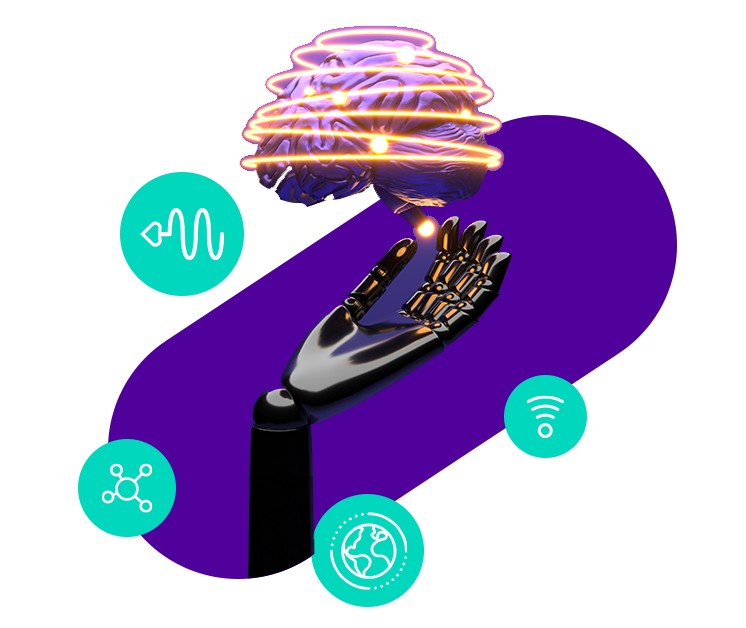Business is booming in digital Asia
A younger workforce is driving the digital transformation of work places across the Asia Pacific region. To put this in context, a report conducted by analyst house IDC notes that more than 50% of the Asia Pacific workforce, excluding Japan, will be made up of millennials by 2020, fuelling adoption of ‘high potential innovation accelerators’ such as augmented and virtual reality (AR and VR), artificial intelligence (AI) and robotics.
This quest for competitive advantage will give rise to new behaviour and practices, particularly around human-device interfaces, collaboration, talent practices, visualisation and data-driven insights, resulting in a smarter, more intelligent workspace taking shape.
Creating a truly intelligent environment for the workplace is underpinned by the capabilities of the cloud, where more and more devices are smart and are being used for multiple IT applications, such as connecting supply chains, operations, logistics and HR. This provides the workforce with services, tools and techniques to be more productive and efficient with the best user experience.
Indeed, Gartner predicts that “by 2020, algorithms will positively alter the behaviour of more than 1 billion global workers.”1
To address these growing high bandwidth business demands for digital transformation in Asia, Colt recently expanded in two key markets – Hong Kong and Singapore – which according to Equinix are expected to see a CAGR of 51% and 43% respectively, between 2016 and 2020, in terms of interconnection capacity between enterprise buildings and data centres.
At present, the Colt service area in Singapore reaches over 1,500 commercial buildings in the central business district as well as over 10 data centres, covering over 90% of the Singapore business hub, while the Hong Kong service area reaches over 2,500 buildings and more than 12 data centres and will continue to grow.
While software and tech consulting services have become two of the largest and fastest-growing tech budget categories in the US and Asia, the Asia Pacific region has not yet reached this point. Many countries are still assembling the infrastructure that underpins these technological capabilities. However this situation won’t be for long. Independent research firm Forrester forecasts that business and government spending on tech goods and services in the Asia Pacific region will grow by 5.7% in 2018. The main driver will be software and services spending, which will rise by 7% to 8% in constant currency to reach $129b in 2018, with business process apps as the largest and fastest-growing software category2.
This report also asserts that business technology is becoming a leading driver of software and services, by helping firms win, serve, and retain customers. In Asia Pacific, technology spending is expected to rise to $113b in 2018. One caveat is that interest levels in business technology vary between organisations and the nature of interest and investments depends on the digital maturity of these organisations.
Moreover, according to the Forrester report co-authored by Andrew Bartels, VP and Principal Analyst for CIOs at Forrester, cloud will reach 18% of software spending and 9% of outsourcing spending. Whilst cloud offerings in their various flavours still have a small share (3%) of the Asia Pacific tech market, they are growing rapidly3. This report also highlights how cloud applications or software-as-a-service (SaaS) will remain the largest category. The market for public cloud applications in Asia Pacific will double in size from $8b in 2015 to $16b in 2018 at a CAGR of 25%. Early growth is centred on SaaS categories like CRM, content and collaboration, and productivity applications. However, over the past two or three years, adoption has increased in categories like field service management and learning and talent management, as well as for SaaS enterprise resource planning (ERP) solutions that complement on-premises core transactional applications.
The maturity of cloud technology is shifting quickly as organisations accept and adopt cloud solutions. Cloud computing is not only a viable option for a broad range of technology workloads – in many cases it has become the preferred method for reaching new markets faster and staying ahead of the competition. Leading public cloud providers like Amazon Web Services, Microsoft Azure, and Google have all recently made significant investments in various markets in Asia to alleviate concerns about security and local regulations on data residency.
But all these opportunities depend on secure, scalable and high bandwidth connectivity to critical applications hosted in data centres and clouds. Are you connected enough to take advantage of these opportunities? Download our white paper here to read more.
1 Gartner, Eight Building Blocks You Need to Construct Your Digital Workplace Plan, 13 June 2017
2, 3 “Asia Pacific Tech Market Outlook For 2017 To 2018”, Forrester, 24 January 2017
Recent articles
What's your goal today?

1. Connect to the Colt network
Our network directly connects 32,000+ buildings, with millions more through our extensive worldwide partners, powering global businesses with high bandwidth requirements. Find out if you're Colt connected now.

2. Learn more about digital infrastructure
We've worked with experts to build hundreds of guides, whitepapers and blogs across a range of technology & infrastructure topics, as well as videos, webinars & lightning talks. Find out more about them below.

3. Explore our customer success stories
We work with global businesses to deliver world-class connectivity solutions, with a range of available professional & managed services to help you get exactly the right fit for your business. Read more about some of our customers' success stories.

